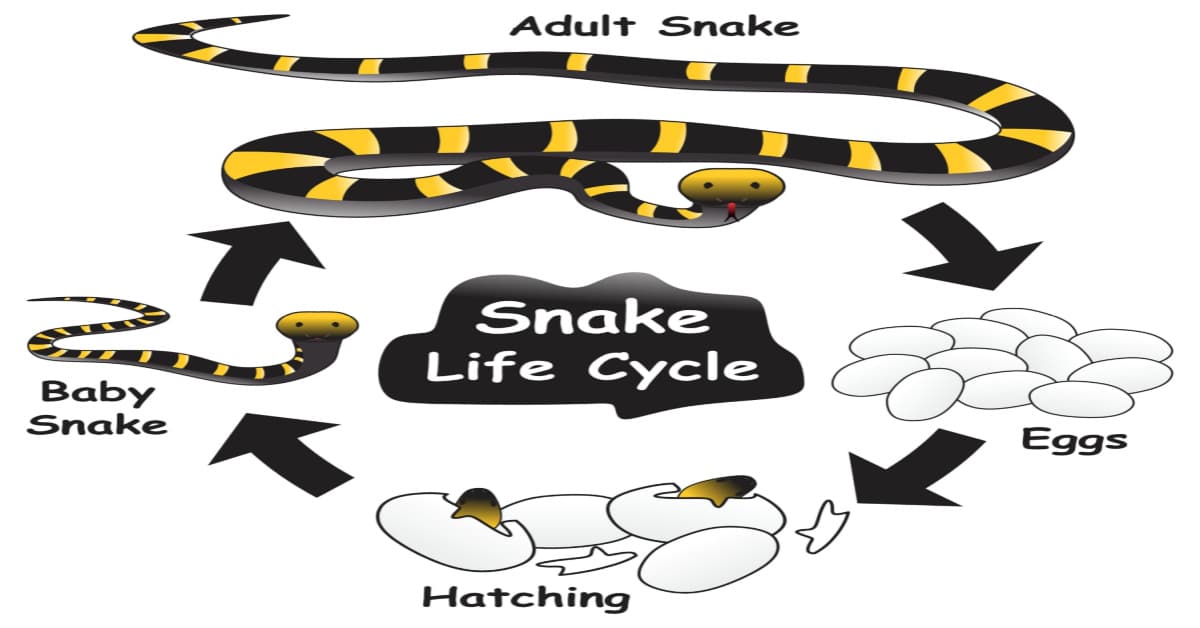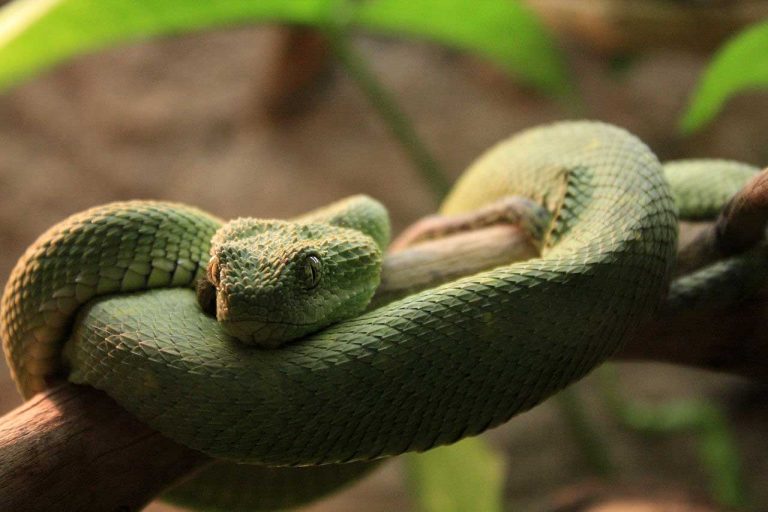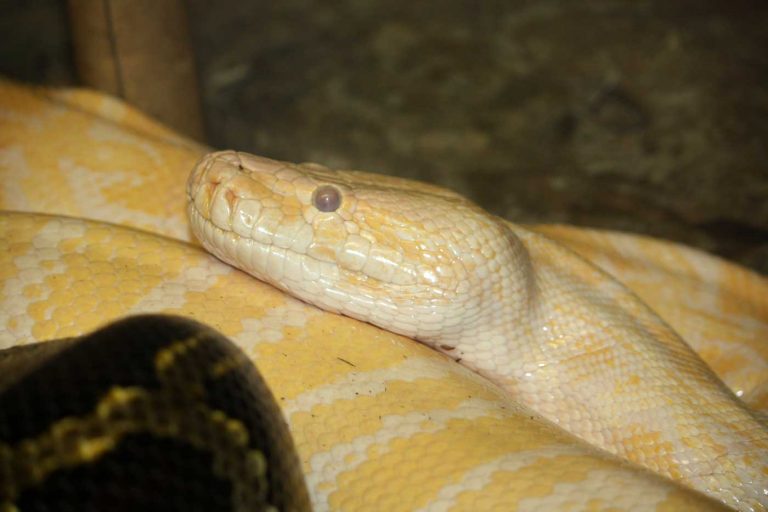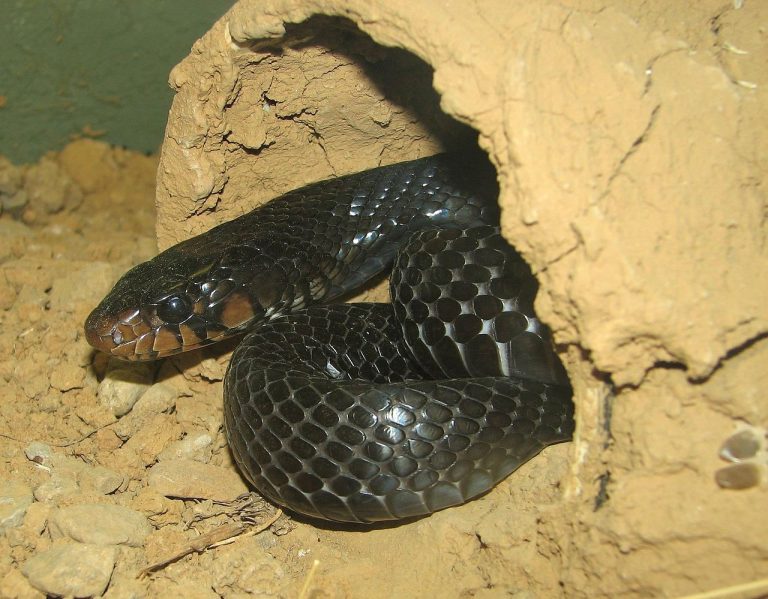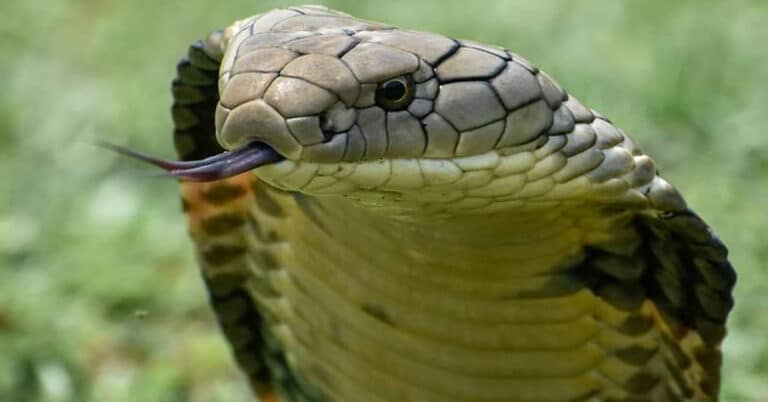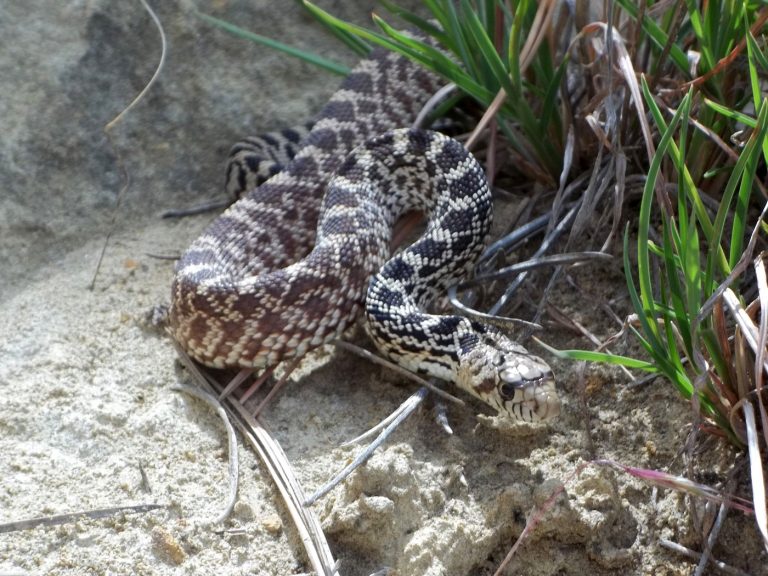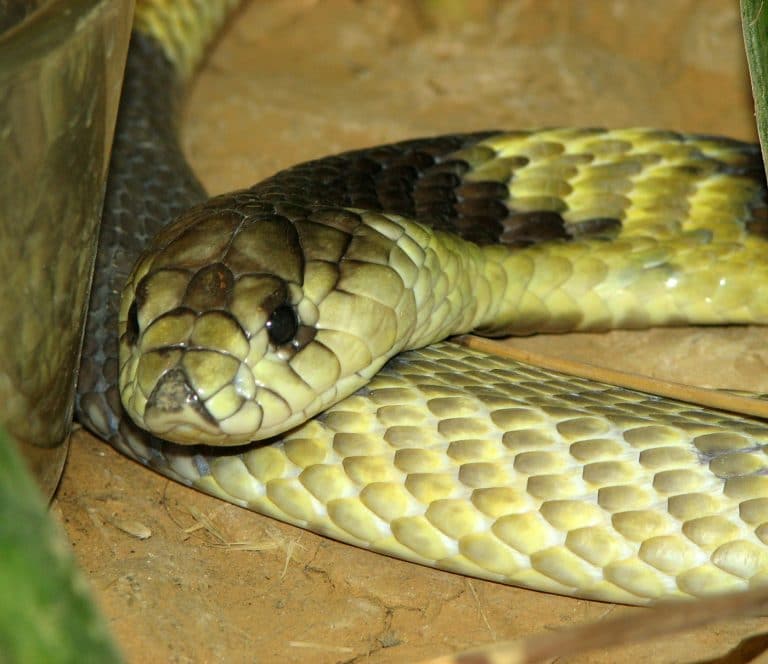Snake Life Cycle
Remember these legless creatures that many people are afraid of? Snakes belong to the Squamata order and the Serpentes suborder. Because some species of these reptiles are venomous and deadly, many people have developed snake phobias, and rarely can a person have positive feelings toward snakes.
However, beginning from the snake life cycle to its number of unique characteristics, snakes are very interesting and intriguing creatures. Everything that happens to a snake up until maturity is part of the snake life cycle.
In this article, you’ll read more about the snake life cycle, its habits, and other interesting facts about the species.
General Information About Snakes
A snake is an extended, long-legged reptile without eyes, ears, legs, or eyelids. What do they have left, then? Fangs, a long, sharpened tongue, a wide mouth, and a long, patterned body. Depending on their species, they may have varied body types. Thanks to their large mouths, they don’t need to chew when they swallow. All snake species can have diverse skin hues; they’re not all uniform.
Among all the 2900 total species, did you know that there are roughly 600 venomous snake species? When we see a snake, we scream, even though it can be totally harmless. The non-venomous snakes strike by entangling their prey, which they subsequently eat whole.
According to National Geographic, nonvenomous snakes kill their prey by either suffocating them to death or devouring them whole. Nearly all snakes devour their prey whole, in sometimes astonishingly enormous chunks, whether they kill by squeezing or striking with venom. Let’s find out more about the snake life cycle.
Snake Life Cycle
The snake life cycle consists of three main stages: the egg, young snake, and adult snake stages. Therefore, sexual dimorphism is essentially nonexistent in snakes. Interestingly, the morphological characteristics of male and female snakes are quite difficult to tell apart.
There are various breeding seasons for snakes depending on the climate. Snakes can breed at any time of year in tropical areas; in cooler climates, the mating season is in the spring. The females release pheromones and leave them behind as they move to attract the males’ attention. The male snake pursues the female snake for courtship as soon as she receives the signal.
The Egg Stage
The snake life cycle starts with an egg stage. The female snake keeps the male sperm in her oviduct for one to two months after the male and female snake has mated. They either give birth internally or let their eggs hatch to give birth to their young. The female snake lays enormous white eggs that resemble leather after fertilization. A female snake can produce and lay 10 to 15 fertilized eggs.
At this stage of the snake life cycle, the female snake takes care of the eggs. The parent mainly watches over the eggs until they hatch. Depending on the ideal environmental conditions, different species have different periods. They attempt to break through the shell of the egg while hatching it with their teeth. The majority of snakes lay their eggs throughout the summer.
Young Snake Stage
The next stage of the snake life cycle starts when baby snakes emerge from the eggs after the embryo inside of them has grown. With enough heat or by using their teeth to crack the eggshell, these snakelets break out of their eggs. These young snakes are known as “snakelets.”
The female snakes only guard their eggs until they are laid; following the egg-laying procedure, the female snakes do not care about the newborn snakes. These young creatures eat rodents and smaller reptiles at the beginning of their growing journey.
Four times a year, snakelets go through this stage of skin shedding as they grow larger and approach adulthood. It has two main functions:
- To get rid of the old, dry skin.
- To get rid of any parasites living on the old skin.
All of the tiny reptiles are consumed by them as food. They can consume mice, lizards, rats, and various other tiny animals that would be enough for them. Their tongue can be extended, allowing them to detect the exterior essence. Soon after, they start to become more like mature snakes and move to the next stage of the snake life cycle.
Adult Snake Stage
When a snakelet reaches adulthood, it takes it two to three years to reach sexual maturity. Adolescence is the final stage of the snake life cycle. Adult snakes only lose their skin once or twice a year, unlike the snakelets that are still young. The adult snake starts its series of prey hunts from this point on to eat and survive.
Their diet also becomes richer since they start consuming other animals. Their diet can include little pigs, deer, rodents, and lizards. They may swallow the entire animal whole without chewing it since they have a bigger mouth. They are still able to lay eggs as adults to complete the snake life cycle.
Mating Habits
It is important to remember that mating behaviors might vary depending on the species and region of the snake. In the majority of conventional procedures, mature males and females must locate one another. Early summer and late spring are often when snakes that dwell in colder climates mate. The mating process is continuous in tropical areas. You might infer from this that mating is influenced by the availability of food and the local climate.
During the mating season, male snakes become exceedingly aggressive toward one another to attract the females. The female always decides who gets to mate with her and who has to move on. Most men will stay until they are certain the opportunity has passed.
Did you know snakes have the unique capability to give a virgin birth even when males are available? Only captive female snakes, Komodo dragons, sharks, and some species of birds have experienced virgin birth, also known as parthenogenesis, among the vertebrate creatures that ordinarily reproduce sexually.
Snake Lifespan
Although many snakes can live for more than ten years, this is typically only the case for snakes kept in captivity. Snakes kept in captivity have a very long life span. There is a case of a ball python that lived for 47 years in captivity.
Don’t worry if you have a pet snake or are going to get one, though. You can do a lot of things to prolong the life of a snake you’ve just brought home as a pet. Depending on the species, some of these include frequently maintaining the proper temperature for your snake or providing it with live prey.
Predation, a lack of prey, and extreme weather conditions shorten the lives of wild snakes. The typical lifespan of garter snakes is the shortest; they hardly ever make it past 10 years in captivity, while a corn snake can survive for up to 20 years.
Interesting Facts About Snakes
- Did you know that dead snakes can still harm you? Even hours after death, a dead snake’s severed head can still bite. These bites typically carry a significant amount of venom, so don’t get too close to them.
- How much food a snake consumes can affect its reproduction capabilities and how many young snakes it will produce.
- Only when mating does lone snakes amuse their buddies. Males may participate in courtship dances or ritual fighting.
- Since juvenile snakes can hunt on instinct soon after hatching, the majority of females abandon their eggs. However, there are exceptions for king cobras, pythons, and a few other species. To defend their eggs, they remain around the nest.
- The thread snake is the smallest in the world and can only reach a maximum length of 4 inches. On four continents, they can be found, and they spend most of their time underground looking for termites and ants.
- Hatchlings, often known as young snakes, are about 8 to 12 inches long and have open eyes upon birth. Many have distinguishing characteristics, such as the copperhead hatchlings’ brightly colored tail that eventually fades away after about a year.
- Snakes are reptiles, yet only 70% of them lay eggs. Numerous snake species genuinely give birth to their babies alive.
Final Words – Snake Life Cycle
To sum up, the snake life cycle includes three main stages of snake development: the egg stage, the young snake stage, and the adult stage. However, even though most of the species lay eggs, numerous snake species genuinely give birth to their babies alive. Snake gains unique capabilities in each stage and becomes more mature time after time. Even though these creatures don’t get much love from people, they have a unique place in nature.
Keep in mind that most species of snakes are not venomous and won’t harm you. So avoid killing them. Just keep calm and do not interact with them. Every creature is unique, and learning about these characteristics would benefit us more than just killing them.

Nato is a content writer and researcher with a background in psychology who’s eager to explore the wonders of nature. As a travel enthusiast and animal lover, she hopes to inspire others to discover and cherish the beauty and importance of the natural world.

